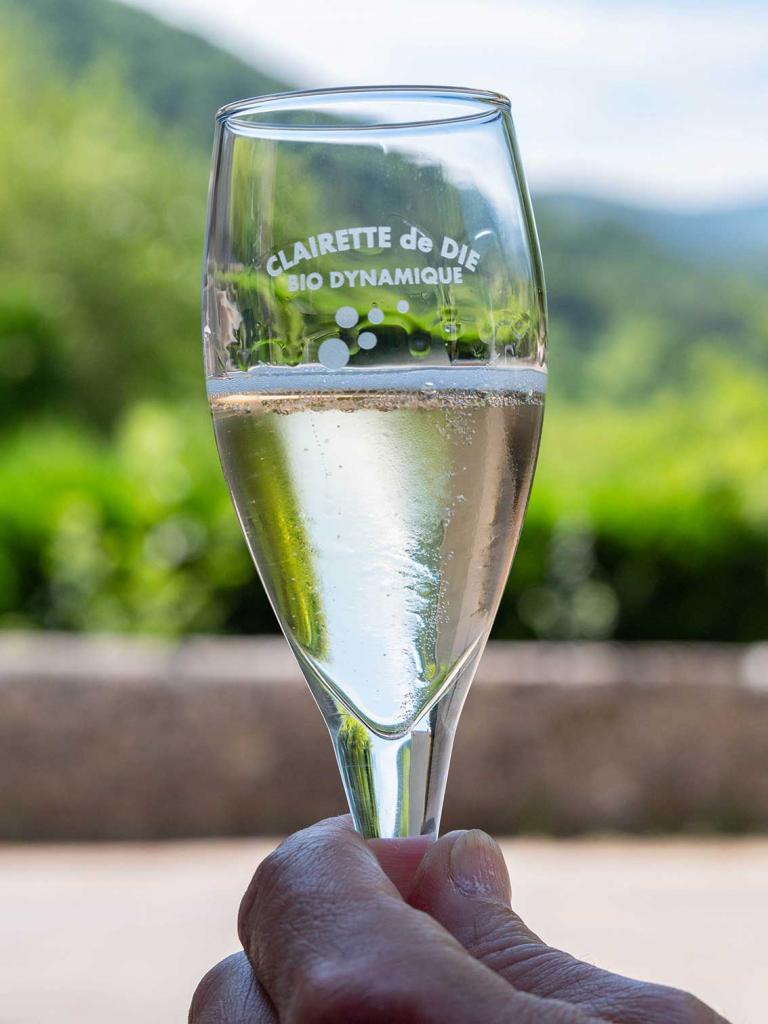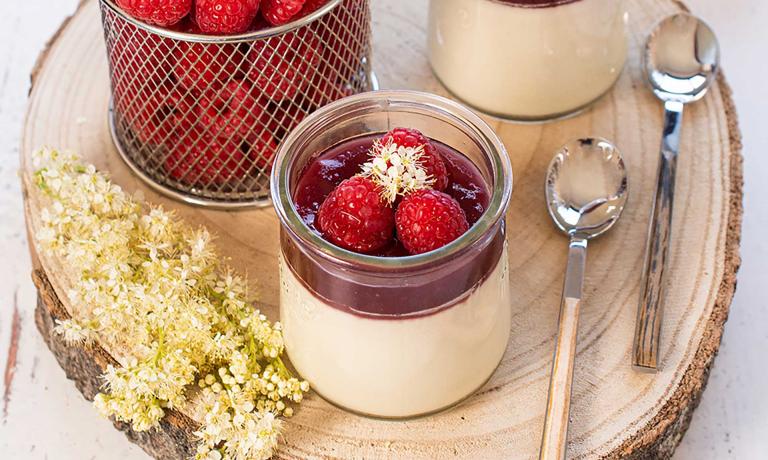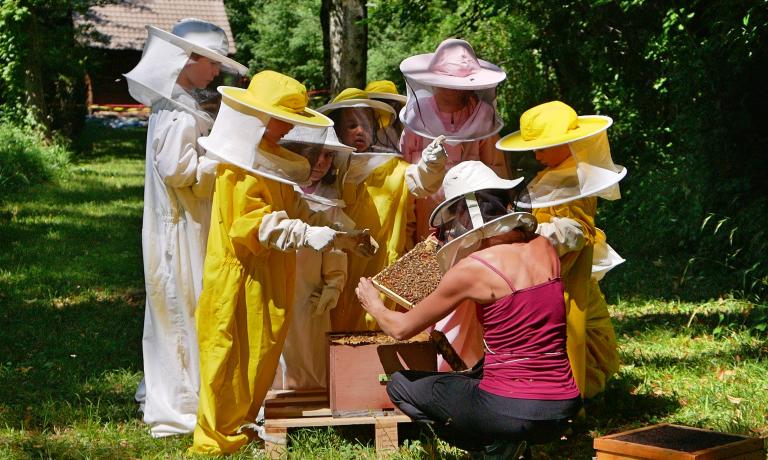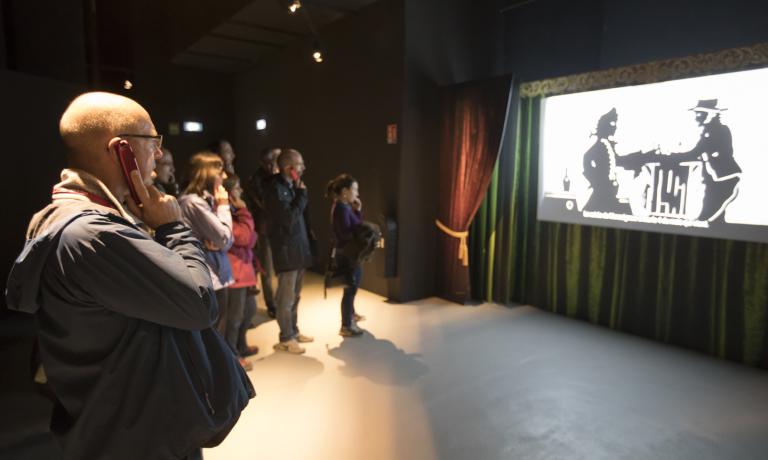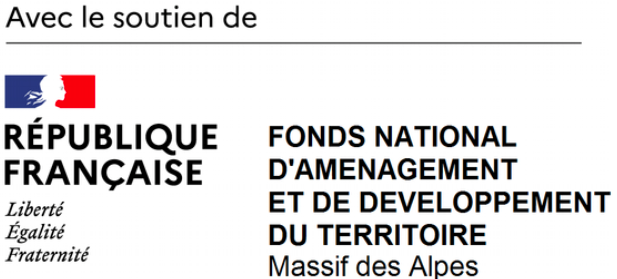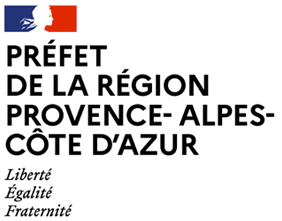Every day for generations, from the foothills to the high pastures, men and women have worked together with this impressive nature to cultivate the earth: to preserve a unique cattle breed (the Villard de Lans or "Villarde" breed), to produce cheese according to ancestral production methods (the "Bleu du Vercors-Sassenage AOP"), and to showcase their know-how in order to develop the tourist economy that is essential today. The whole family will delight in discovering the animals in the Vercors region's farms and tasting the delicious produce. Cheese, charcuterie, honey, walnuts, pognes, ravioles, educational farms, good restaurants - there is something for everyone. The Vercors restaurants do wonders with these local treasures, carefully made in small, welcoming farms. The animals are pampered, and fed mainly with the tasty grass of the Vertacomicorian flowery meadows!
Know-how and flavours of the mountains
Vercors-Sassenage Blue cheese
The emblematic massif cheese, classified AOP since 1999, the Bleu de Vercors-Sassanage is a blue-veined, whole milk cheese. Mild, creamy and subtle, it has a delicate flavour with hazelnut aromas. It is a natural choice for a cheese platter, and can also be used in a wide range of recipes. This quintessential massif cheese, can be found in numerous recipes, either as the main ingredient or as an accompaniment. The Bleu du Vercors Sassenage is intimately linked to the Vercors region, with its mountain pastures, natural production techniques, deeply-rooted traditions and centuries-old know-how. This dual origin of 'terroir' and history gives it its AOP identity and name. The 35th cheese AOP recognised in France, its geographical range has the specificity of being entirely included in a regional nature park, in an area restricted to 27 localities in the Isère and Drôme départements.

Grenoble walnuts
Discover or re-discover the world of this incomparable fruit - the Grenoble Walnut. Natural, healthy, gourmet, and authentic, it provides the virtues and flavours of the Alps in a shell. Break in and enjoy! Walnuts have been cultivated in the Isère département since the 10th century. The soil composition is particularly suitable. The Grenoble Walnut was the first plant product to receive an AOC (now AOP) label. This official recognition of the quality of Grenoble walnuts with their history and ancestral know-how dates from 1938! In addition to its nutritional qualities, walnuts are ideal with very different dishes, such as cheese, honey and chocolate. We can also find them dried as an aperitif. A wide range of traditional and original specialities is made by craft producers from this local treasure: oil, wine, jam, condiment, aromatic creams and sweets to name but a few....
The walnut oil mill and the Grand Séchoir are unmissable gourmet stops !
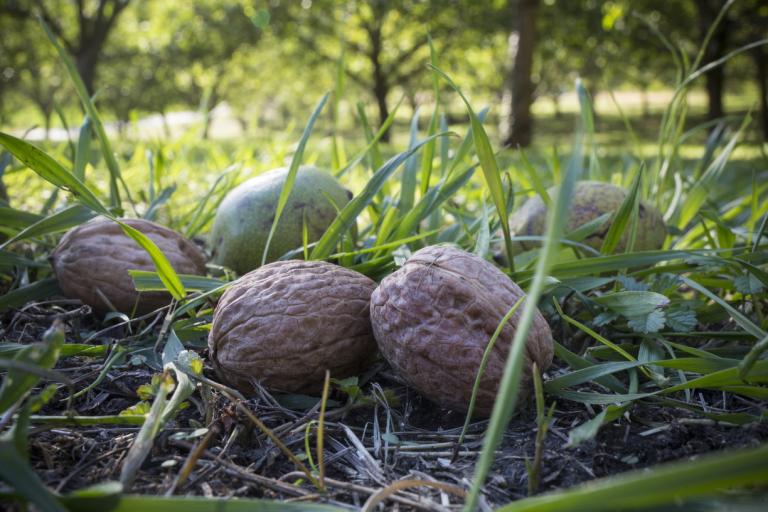
Ravioles
Missing the raviolis from their home country, Italian woodcutters working in the Vercors forests, are said to have replaced the meat-based filling by a filling based on cheese and parsley. According to legend, this is how the raviole was born! This symbol of Vercors mountain gastronomy is prepared in many ways, from the aperitif to the main course.
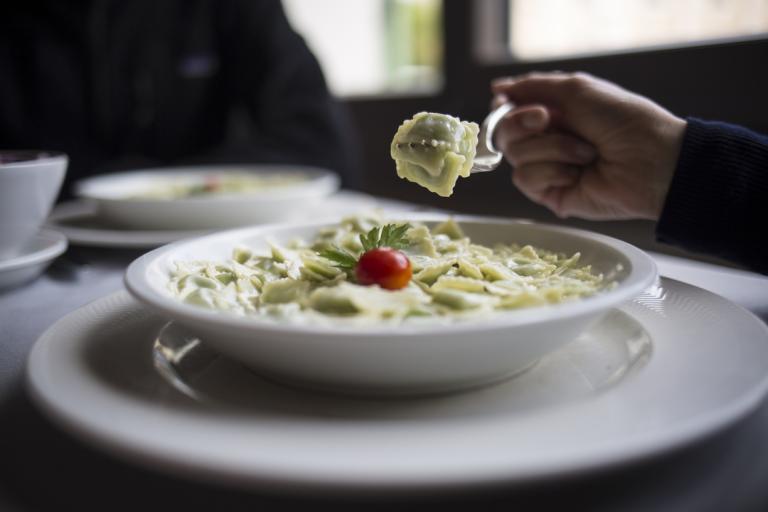
La Clairette de Die
Laissez rouler sur votre langue les fines bulles de ce vin qui accompagne toutes les fêtes. Star des papilles de renommée internationale, la plus ancienne AOC du pays datant de 1942 englobe 1 700 hectares cultivés sur les contreforts sud du Vercors. Selon la légende, nos ancêtres les Gaulois auraient laissé des jarres pleines de vin dans une rivière pendant tout un hiver. Redécouvertes au printemps, elles auraient révélé un délicieux breuvage sucré et… pétillant ! La « méthode Dioise ancestrale » était née. Stoppant la première fermentation par l’action du froid, elle se poursuit à partir du sucre du raisin, donnant ainsi un vin naturellement effervescent, sans aucune addition de sucre, ni de levures. La production des bulles du Diois se démarque avec 20% de son petit vignoble certifié en agriculture biologique. Porteurs de convictions, les Diois ont su développer une filière de qualité et ont fait du Pays Diois l’une des premières régions bio de France. La Clairette de Die partage son prestige avec le Crémant de Die, AOC depuis 1993 et les vins de Châtillon-en-Diois AOC, depuis 1975.
Le Muséobulles de la Cave Jaillance de Die est une étape pour tout savoir de la Clairette !
